Selecting the right fixture is crucial for ensuring efficient mass production. As technology continues to advance rapidly, market demands are constantly evolving, and competition among products has become increasingly intense. The product lifecycle is getting shorter, and there's a growing trend toward producing multiple varieties in smaller batches. To keep up with these changes, a wide range of testing and burning fixtures are needed to support large-scale manufacturing.
Why are so many test and burn fixtures required?
From a subjective perspective, different functions of a product require chips with specific functionalities to perform those tasks effectively.
Objectively, semiconductor manufacturers often differentiate their products by using various package types, allowing them to manage different chip functions more efficiently.
Common chip packages include:
Dual In-line Package (DIP) – also known as SOP (Small Outline Package), which features two rows of pins on either side.
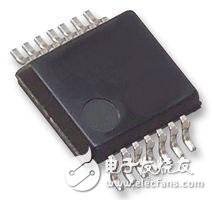
Quad Flat Package (QFP) – typically has four sides with pins, suitable for high-density applications.
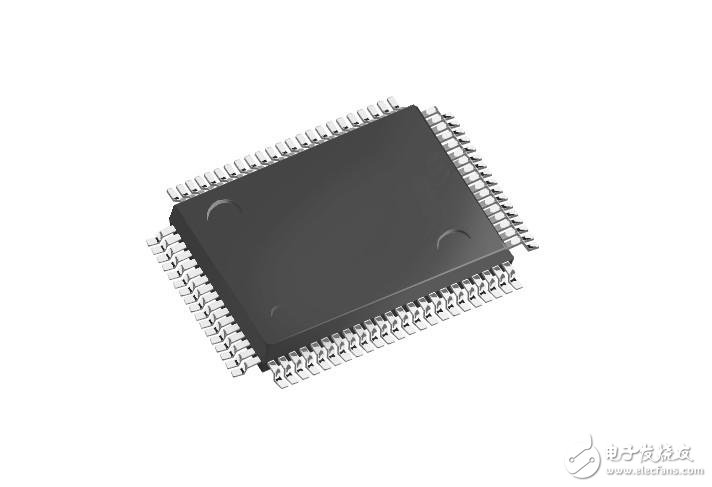
Quad Flat No-leads (QFN) – similar to QFP but without visible leads, offering a compact design.
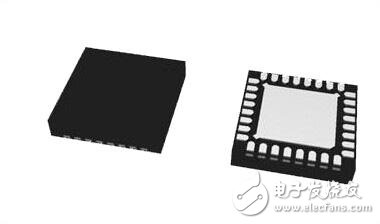
Ball Grid Array (BGA) – uses small solder balls instead of traditional pins, ideal for high-performance chips.
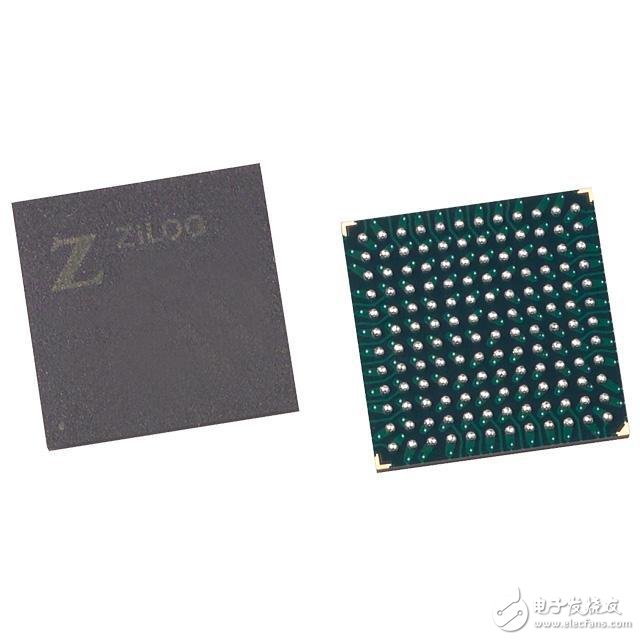
As shown in the images above, a single chip function can come in multiple package types and sizes, each designed for different application needs.
With such a variety of chip packages, it’s essential to have a versatile burner that can accommodate different configurations through the use of appropriate fixtures. This allows for smoother and more flexible production processes. For example, the SmartPRO T9000-PLUS supports multiple package types through its adaptable design:
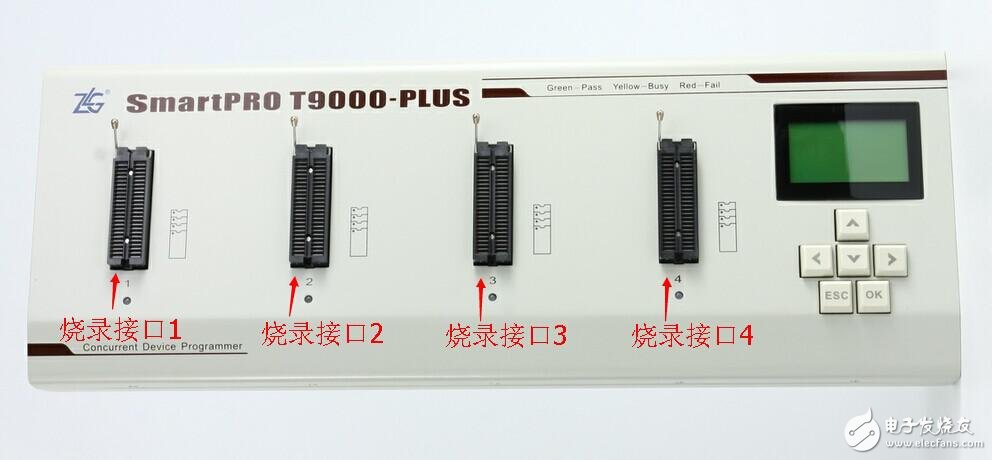
So, how do you choose the right fixture?
First, you need to understand the “three dimensions†of the chip: its size, pin spacing, and thickness.
Second, perform tolerance tests to ensure compatibility.
Finally, determine the type of contact method required, such as socket-based or direct contact.
Here’s an example of what this might look like:
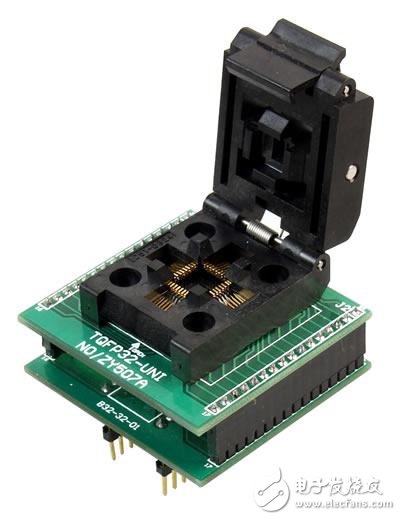
Or even this:
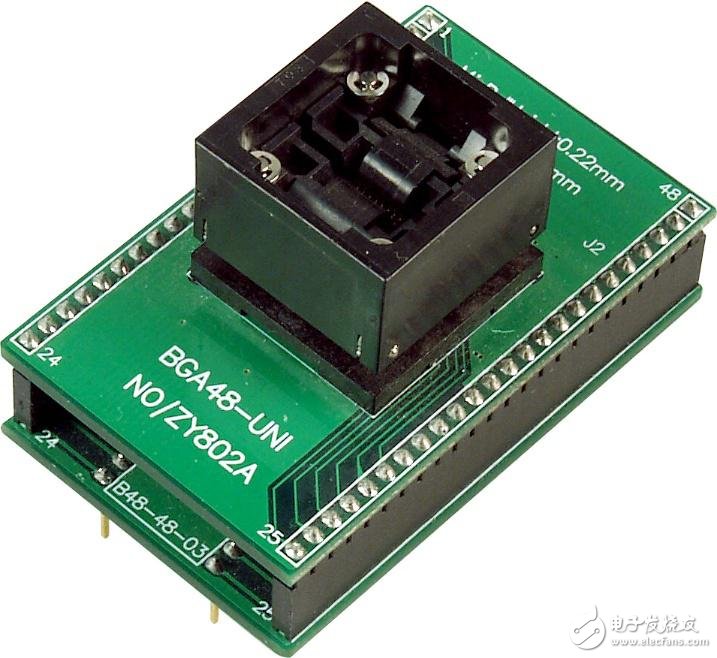
The programming interface of the programmer is designed to work with various chip packages. It’s strongly recommended that mass production customers use the adapter suggested by the burner manufacturer. Using untested adapters may lead to poor contact, damaged chips, or lower success rates during the burning process. Choosing the right fixture not only improves efficiency but also ensures higher quality and reliability in production.
Dsp Speaker,New Professional Speaker,Performance Speaker With Dsp,Active Speaker For Outdoor
NINGBO RFUN AUDIO TECHNOLOGY CO.,LTD , https://www.mosensound.com